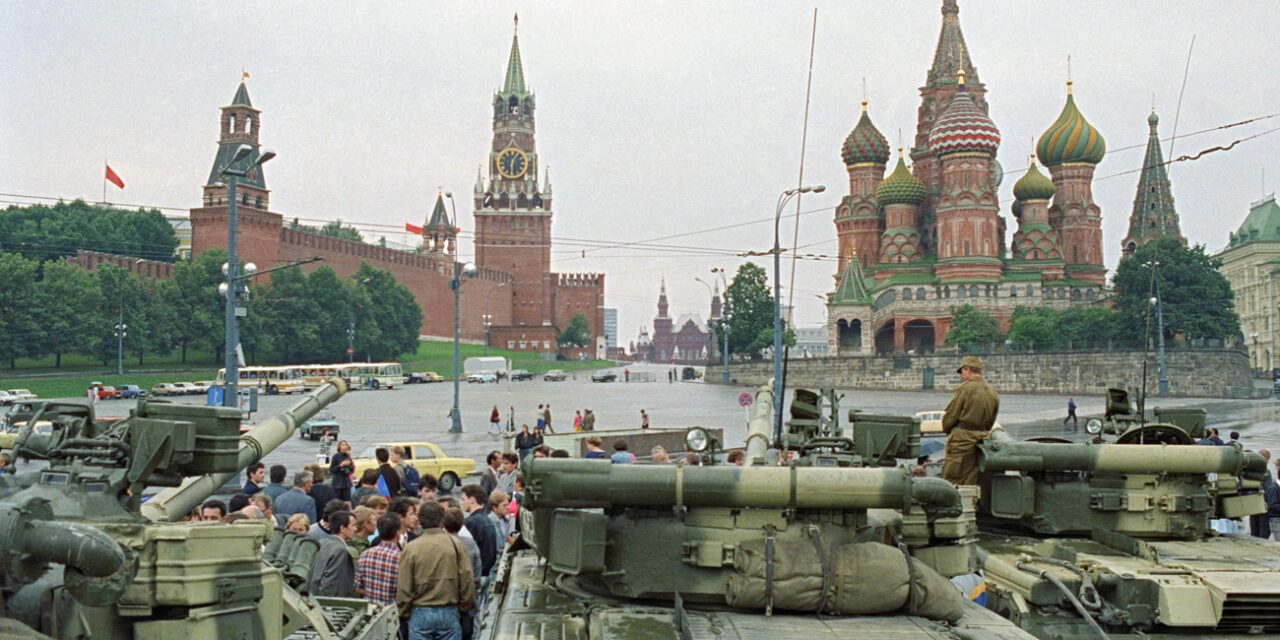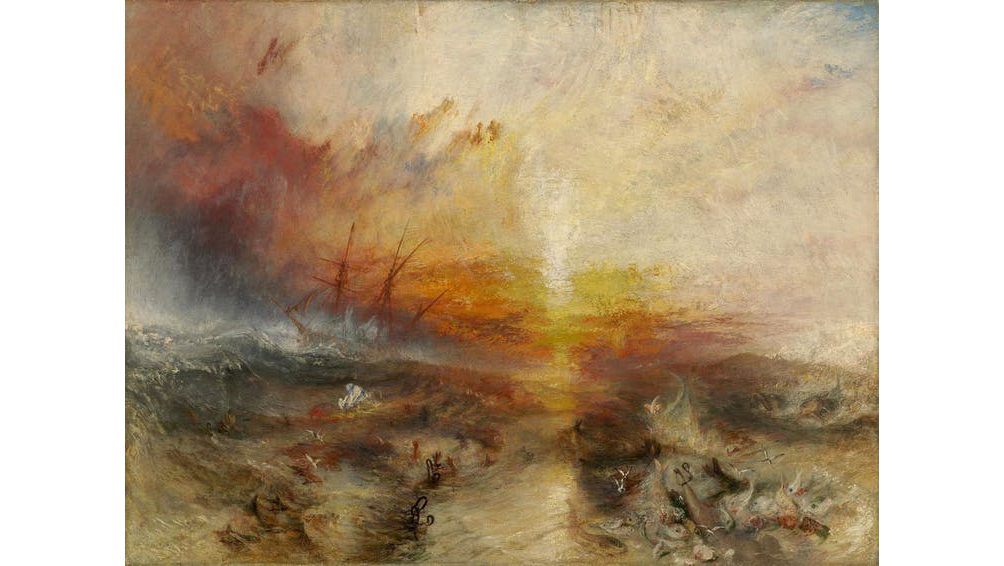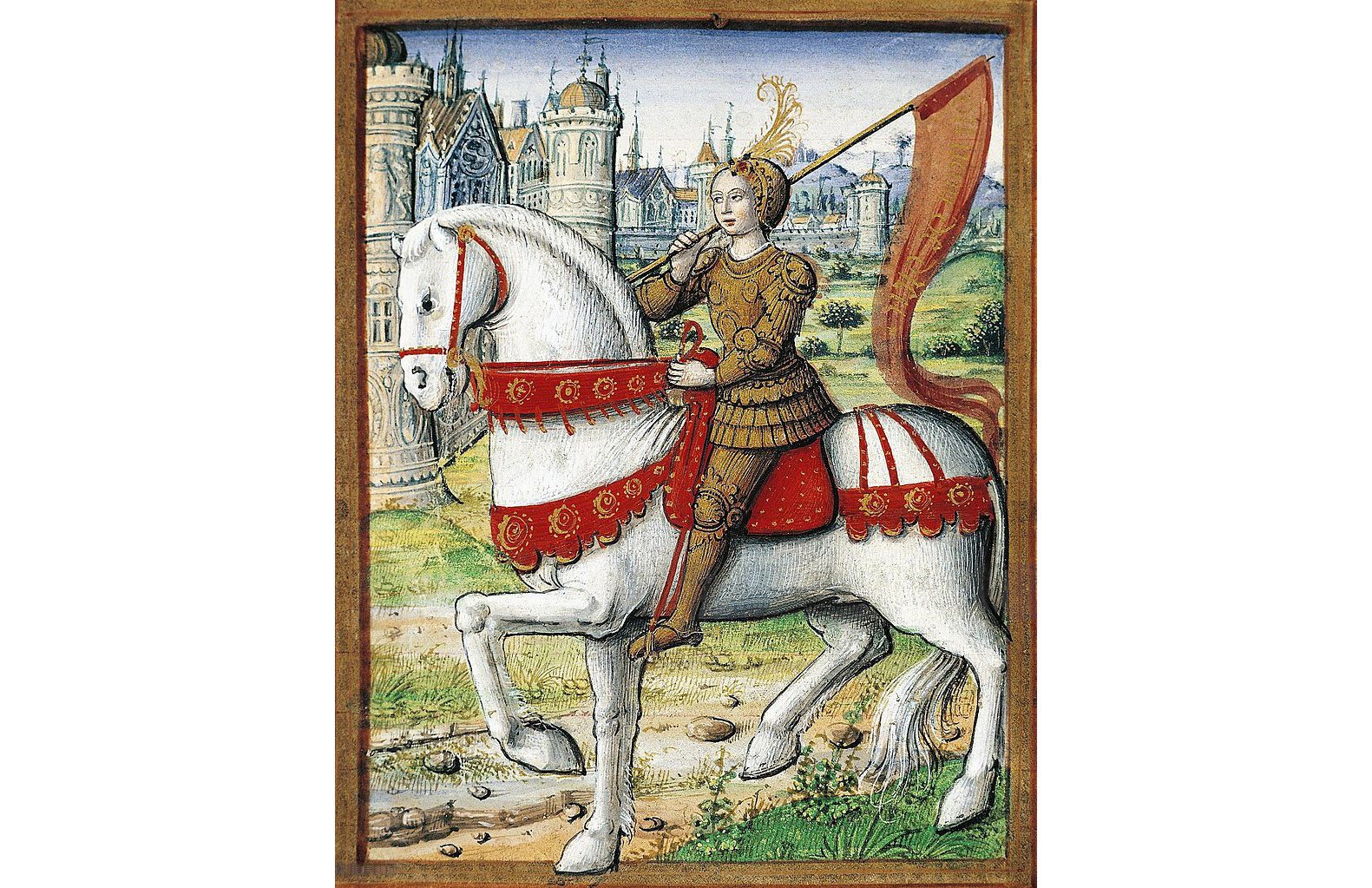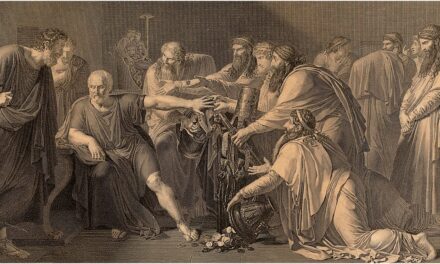Reading time: 8 minutes
Nearly 30 years have passed since the collapse of the Soviet Union in December 1991, and yet vivid memories of the once-mighty empire remain steadfast in our collective memory.
By Michael Vecchio
Since its fall in 1991, the USSR has increasingly become a source of much mythology and romanticism. At the center of the debate however of what exactly led to the Union’s dissolution is unquestionably one central figure, that of Mikhail Gorbachev.
Elevated to the post of General Secretary of the Communist Party in 1985, Gorbachev inherited a state with numerous economic and social problems. His solutions in the now famous (or infamous) policies of glasnost and perestroika, began a chain of events that would ultimately lead to the USSR’s break up in just six short years. Was it all part of the plan? Or were spiraling events out of Gorbachev’s control to blame?
As part of restructuring (perestroika) and openness (glasnost) of the Soviet system, elements of the free market were introduced into the economy, while a greater tolerance for social dissent and honesty towards the public became evident. The consequences soon began to manifest itself, especially as many Soviet republics grew more vocally in their desire to gain independence.
By 1989, popular revolutions had spread across much of Eastern Europe in both official Soviet republics and Soviet satellite states; among the movements included Hungary, Romania, Czechoslovakia, and the Baltic states of Lithuania, Estonia, and Latvia who unilaterally declared their split from Moscow. But perhaps the biggest hit came with the Fall of the Berlin wall in November 1989, and the subsequent reunification of Germany the following year.
READ MORE: CONSTRUCTING OPPRESSION, THE BERLIN WALL AND THE LITERAL IRON CURTAIN
Unlike his predecessors, Gorbachev notably refused to intervene militarily, trying instead to diplomatically resolve the secessionist problem. By choosing to sidestep the strong-armed tactics that defined Soviet dominance, the Union of Soviet Socialist Republics was quickly finding itself without the ever-important Union. Despite attempting to inject bits of capitalism and democratization through his reforms, Gorbachev and the Communist Party were seeing the literal withering away of their state and its power.

Indeed by initiating glasnost and perestroika of the internal structure of the Soviet Union, Mikhail Gorbachev sought to legitimately reform the Communist experiment, not fully aware of the ramifications it would hold; the problem was evident, however. Not everyone in the politburo agreed that reform was necessary, despite the obvious decline of the “mighty” USSR in the preceding decades.
For his opponents the repercussions of these reforms were in plain sight, and the threat of losing the Union all together was all too real. And so it was, that clear divisions were made. Gorbachev and the reformers on one side and members of the old guard on the other, which included a number of hard liners, yearning for the days of Stalin and Leonid Brezhnev.
Though the Communist Party had long fancied itself as a big umbrella party for socialists of all kinds, in truth it was repression that had kept the party and the Soviet state itself in line for nearly 70 years. In short, it became conspicuous that the politburo simply was not large enough for differing visions.
In an effort to quell the rising concerns of secession and economic stagnation, Gorbachev had proposed a draft treaty. It would recognize the independence of the satellite states, but still maintain a common currency, military, and national president. Entitled the New Union Treaty, opponents felt Gorbachev was appeasing dissidents and undermining the core Soviet framework.
The tension building between the two camps continued to intensify, and the hard liners had made their decision: Gorbachev and his policies had to go immediately, if the Union was to survive. Between August 18 and 21, 1991 a series of events aimed to restore the USSR, would however permanently cripple it.
A group of eight of the most vociferous hardliners including Gennady Yanayev (Gorbachev’s vice president) and Vladimir Kryuchkov (Chairman of the KGB), formed the State Committee on the State of Emergency; their goal was to overthrow Gorbachev, install a new government, and save the Union. Ironically their choice of action only further destabilized the deteriorating state of affairs.
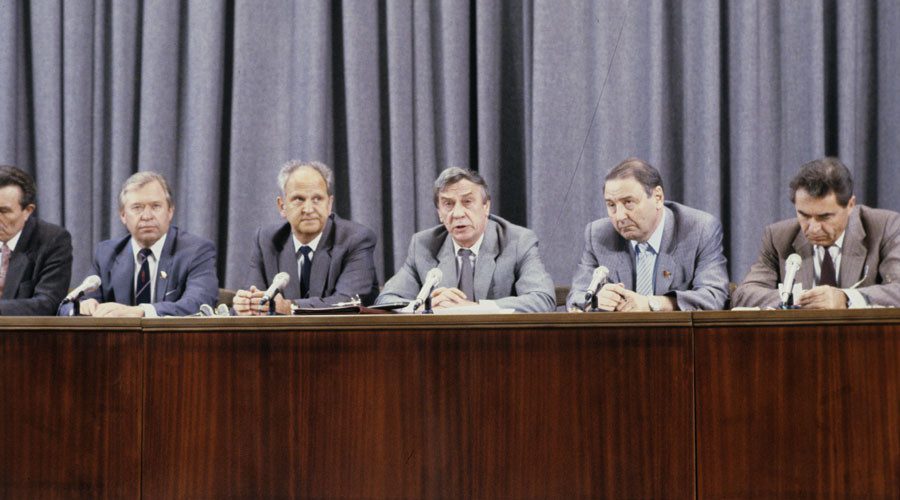
While at his dacha in the Crimean resort of Foros, Gorbachev was visited by enforcers of the State Committee, who demanded he sign a document resigning his position and transferring power to Yanayev. Realizing immediately what was occurring, Gorbachev angrily denounced the plotters, labelling them as “treasonous s**t faces”.
READ MORE: WHAT HAPPENED TO THE SOVIET COUP PLOTTERS?
The phone line was cut, and Gorbachev and family were placed under house arrest, allowed only to record a statement stating that he was physically well; with the aid of loyal personal bodyguards, he was able to be kept informed of events and the coup’s progress.
Back in Moscow, the Committee announced on the radio and State television that Gorbachev was no longer able to fulfill his duties and that in accordance with the Soviet constitution, Yanayev would assume the presidency. Soon tanks were deployed on the streets with any attempted subversion to be met with a crackdown; but the plotters had underestimated the deep effects that democratization had already sown, and that public opinion would no longer support authoritarian measures.
Thousands of Muscovites gathered at the Russian Parliament building to protest, encouraging members of the armed forces to disobey orders and join the feeling of mass discontent. Among the protesters was Boris Yeltsin, the former member of the Politburo that had been elected to lead the Russian Soviet Republic. Yeltsin who had been expelled from the Communist Party for his harsh criticism of Gorbachev (only a handful of opponents who felt the reforms did not go far enough), quickly became the de facto leader of the Russian independence movement, in similar fashion to the republics across the Union.
READ MORE: REMEMBERING THE FAILED COUP THAT BROUGHT DOWN A SUPERPOWER

Climbing atop one of the tanks and surrounded by throngs of those cheering, he denounced the attempted seizure of power as illegal. He called for Gorbachev’s immediate return, and for the people of Russia (and in turn those in their respective republics) to resist any orders from the State Committee. Members of the military did not prevent him from speaking or arrest him, instead largely joining the protesters. Yeltsin’s speech and the military’s non-compliance effectively undermined any power the State Committee thought they had in terms of enforcement and legitimacy. Indeed the image of Boris Yeltsin, atop a tank with the Russian flag (not the Soviet one) and rebuking the plotters became one of the most iconic images of the late Cold War; he had sealed his fate as a populist liberator and when the USSR did eventually collapse, he became the first President of the new Russian Federation.

Though resistance was largely based out of Moscow, other Russian cities also offered similar opposition. Faced with the reality that the military, the KGB, and the population would not be compliant with the attempted take over, the “Gang of Eight” as they later became known, withdrew their tanks. In a press conference on the evening of August 21, Yanayev declared that after a “period of rest” Gorbachev would return. Released from custody in his dacha, Mikhail Gorbachev and his family returned to Moscow the next day, but the irreparable damage had been done.
Although the plotters would subsequently face prison terms of various lengths, the core of the Soviet Union (already on unsteady ground before the coup) was fatally wounded; more republics came forward with their intention to declare independence, and Yeltsin was widely accepted as the legitimate leader of Russia moving forward. In a last-ditch attempt to salvage the image of the Communist Party, Gorbachev resigned as party leader, in effect trying to promote the image of non-partisanship. But Yeltsin went a step further, and with his increasing control of Russian political affairs, had the Party banned from all activity in Russia.
The inevitable had now reached its climax; the USSR was merely a shell waiting for its final, and decisive fall. Between September and December 1991, steps were put in place for the final dissolution of an empire long thought to be impenetrable. Although the ultimate demise of the Soviet Union may be traced to several factors, over several years, it is undoubted that its death was greatly hastened by four days in August. In just a few short months, Europe’s most famous communist “haven” would disappear in spectacular fashion, leaving the world continuously fascinated, even 30 years later.

